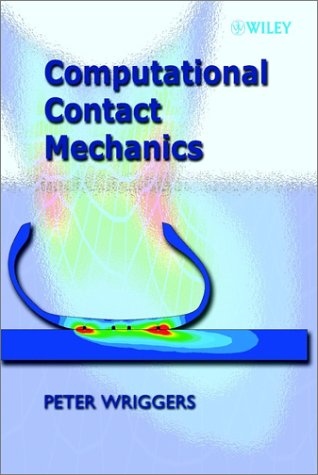

Most ebook files are in PDF format, so you can easily read them using various software such as Foxit Reader or directly on the Google Chrome browser.
Some ebook files are released by publishers in other formats such as .awz, .mobi, .epub, .fb2, etc. You may need to install specific software to read these formats on mobile/PC, such as Calibre.
Please read the tutorial at this link: https://ebookbell.com/faq
We offer FREE conversion to the popular formats you request; however, this may take some time. Therefore, right after payment, please email us, and we will try to provide the service as quickly as possible.
For some exceptional file formats or broken links (if any), please refrain from opening any disputes. Instead, email us first, and we will try to assist within a maximum of 6 hours.
EbookBell Team

5.0
90 reviewsThe topic of computational contact is described in depth here, providing different formulations, algorithms and discretisation techniques for contact problems that have been established in the geometrically linear and nonlinear ranges. This book provides the necessary continuum mechanics background. Special geometrical relations needed to set up the contact constraints are derived, and constitutive equations stemming from tribology which are valid at the contact interface are discussed in detail, without going into a numerical treatment. Solid and beam contact is considered, as is contact of unstable systems and thermomechanical contact. The algorithmic aspects cover a broad range of solution methods. Additionally, adaptive discretisation techniques for contact analysis are presented as a modern tool for engineering design simulations.
This book: